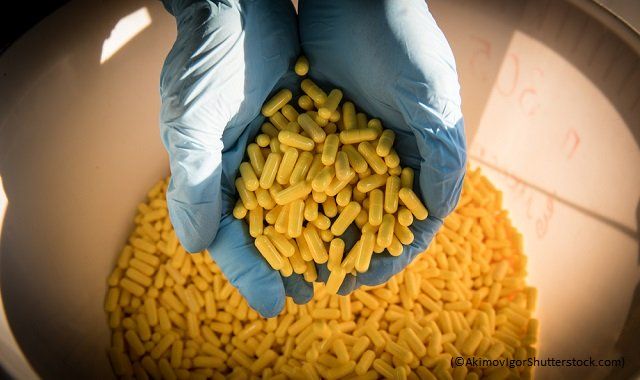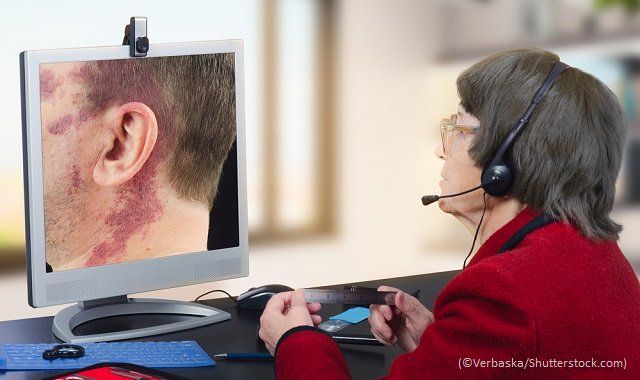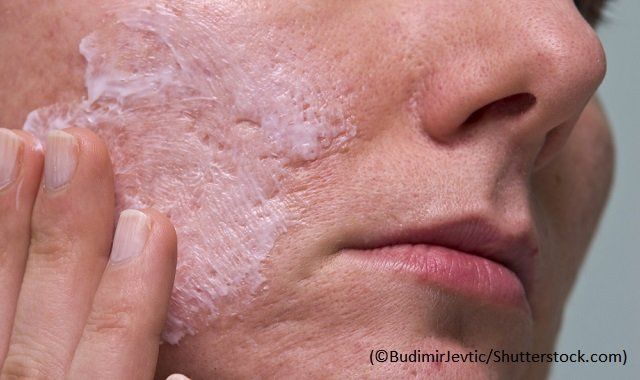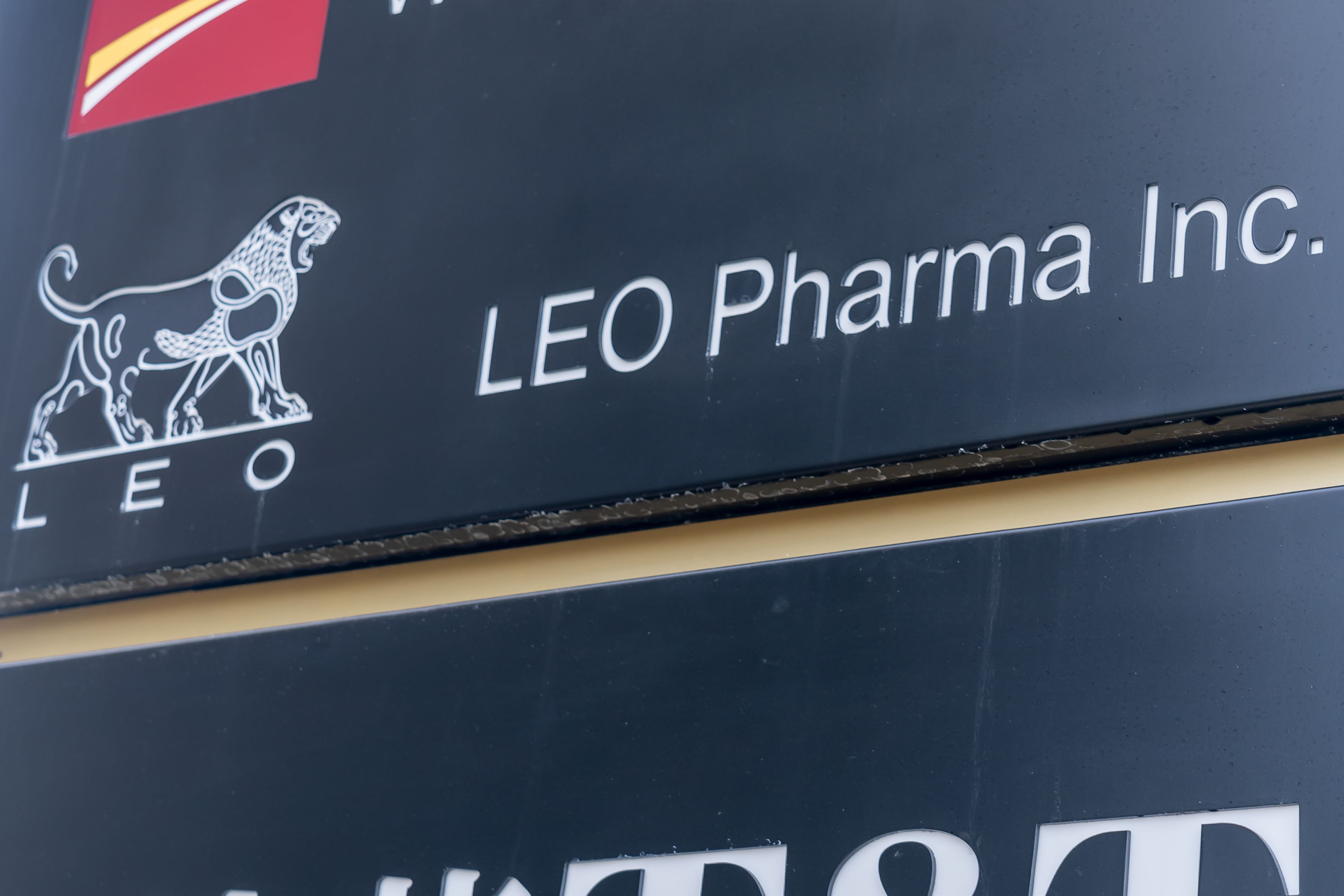- General Dermatology
- Eczema
- Chronic Hand Eczema
- Alopecia
- Aesthetics
- Vitiligo
- COVID-19
- Actinic Keratosis
- Precision Medicine and Biologics
- Rare Disease
- Wound Care
- Rosacea
- Psoriasis
- Psoriatic Arthritis
- Atopic Dermatitis
- Melasma
- NP and PA
- Skin Cancer
- Hidradenitis Suppurativa
- Drug Watch
- Pigmentary Disorders
- Acne
- Pediatric Dermatology
- Practice Management
- Prurigo Nodularis
Article
A new year and new demands
Author(s):
In this slideshow, we highlight some industry developments from 2017 and offer a snapshot of what the New Year may hold, such as an increased demand for tele-dermatology, topical scar treatments, silicon-based scar treatments and hair transplantation services.

In this article, we highlight some industry developments from 2017 and offer a snapshot of what the New Year may hold, such as an increased demand for tele-dermatology, topical scar treatments, silicon-based scar treatments and hair transplantation services.
DERMATOLOGY IS IN DEMAND
According to the investment banking services firm, TripleTree, the U.S. market for skin disease treatments was $7.5 billion in 2015 and is expected to reach $8.6 billion by 2020. IBIS World reports that the current annual spend in the United States for dermatology services is nearly $11 million.
Aging baby boomers and an ongoing steady rise in the number of melanoma cases will continue to feed the demand for dermatology services. The National Cancer Institute reports that approximately 22.3 of 100,000 men and women were diagnosed with melanoma each year between 2010 and 2014. Men and women between the ages of 65 and 74 years are affected more than other age groups. There are currently an estimated 1,169,351 people living with melanoma in the United States. Of the 10 most common cancers, melanoma ranks five with 87,110 new cases in 2017 as compared to 79,000 for bladder cancer that ranks six and 252,710 new cases of female breast cancer.


DERMATOLOGY PIPELINE
The Global Dermatology Drugs Market to 2023 report states there are more than 850 products in the dermatology pipeline worldwide with treatments for psoriasis leading the pack with approximately 282 treatments that are in development.
This is followed by treatments for atopic dermatitis and acne with 136 and 70 products in development, respectively. But most of these, the report cautions, are in early development and only 3% are in pre-registration - most of which are biologics, generics and biosimilars.
TREATMENTS FOR PLAQUE PSORIASIS
New in 2017 was brodalumab (Siliq/Valeant), an IL-17RA inhibitor approved by the FDA in February to treat moderate-to-severe plaque psoriasis.
“By targeting IL-17RA, brodalumab has proven to be exceptionally efficacious with improvement of PASI 75 in over 80 percent, and approximately 70 percent of those patients achieved PASI 90 on brodalumab 210 mg by week 12 in three large phase three clinical trials,” wrote Stephen K. Tyring, M.D., Ph.D., of the University of Texas, in a review published in the Skin Therapy Letter.
In July, the FDA approved guselkumab (Tremfya/Janssen), an IL-23 inhibitor for patients with moderate-to-severe plaque psoriasis. It joins a crowded field of biologics for plaque psoriasis that - in addition to secukinumab (Cosentyx/Novartis) approved in 2016; apremilast (Otezla/Celgene) approved in in 2014; ixekizumab (Taltz/Lilly) approved in 2016 - includes the IL-12 and 23 inhibitor ustekinumab (Stelara/Janssen); and, TNF inhibitors etanercept (Enbrel/Amgen), adalimumab (Humira/Abbvie), and infiximab (Remicade/ Janssen).



TRENDS WORTH HIGHLIGHTING: TELE-DERMATOLOGY
The tele-dermatology industry makes up 28% of all telemedicine services worldwide. The “Tele Dermatology Market: Global Demand Analysis & Opportunity Outlook 2021,” issued in September, reports that this industry is likely to increase in popularity due to a physician shortage that is expected in coming years due to a retiring population of physicians and increased demand for services from a robust baby boomer population.



TRENDS WORTH HIGHLIGHTING: TOPICAL SCAR TREATMENTS
Topical scar treatments dominated the worldwide scar treatment market in 2016, but the demand for this type of treatment is just beginning. The “Global Scar Treatment Market Size, Share, Development, Growth and Demand Forecast to 2023” report states that topical scar treatment products are projected to skyrocket between 2017 and 2023.
Most of the topical scar treatments are expected to be for post-surgical scars due to a rising number of surgical procedures worldwide, but also for some of the most problematic dermatologic conditions including psoriasis, eczema, acne, mole removal, cutaneous skin cancer, burns and much more. The entire scar treatment market worldwide is estimated to reach $34.7 billion by 2023.
Although the demand for this service will be high, so will the rising cost for treatments, so this market tends to lean toward individuals with disposable incomes.



TRENDS WORTH HIGHLIGHTING: SILICON-BASED SCAR TREATMENTS
There may be an increase in the use of silicon-based products, such as gels and gel sheets, for scar treatments ranging from stretch marks to post-surgical scars, according to the “Global Scar Treatment Market Size, Share, Development, Growth and Demand Forecast to 2023.” Some siliconebased scar removal products currently available in global marketplace include Avosil Scar Care Ointment, Kelo-Cote, Xeragel, Kelo-cote spray, Avogel, Cimeosil, Oleeva, and ScarAway.



TRENDS WORTH HIGHLIGHTING: HAIR TRANSPLANTATION
In aesthetic surgery, hair transplantation is one of the most rapidly growing procedures, according to the “Hair Transplant Services Market Evolving Industry Trends and Key Insights by 2024” industry report issued in October. Approximately 397,048 hair-restoration procedures were performed worldwide in 2014. Globally, most hair transplant procedures occur in North America, followed by markets in Asia, Europe and Latin America.






